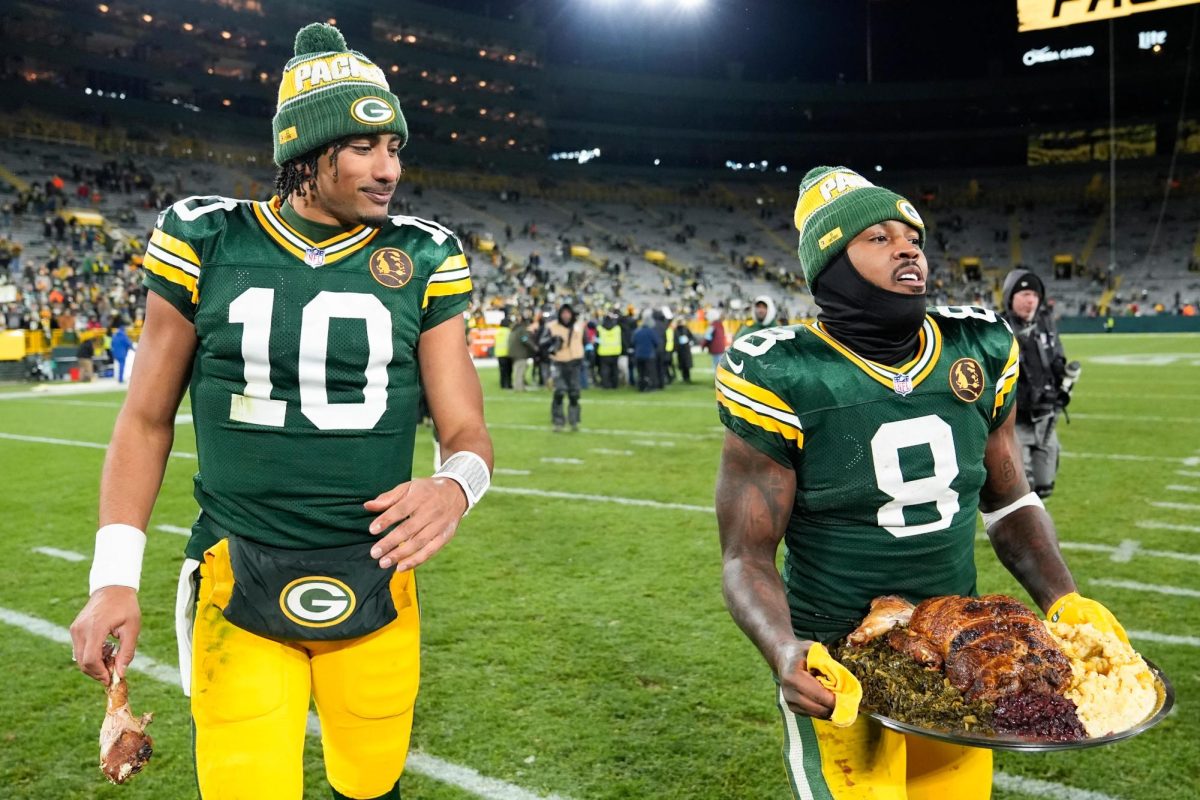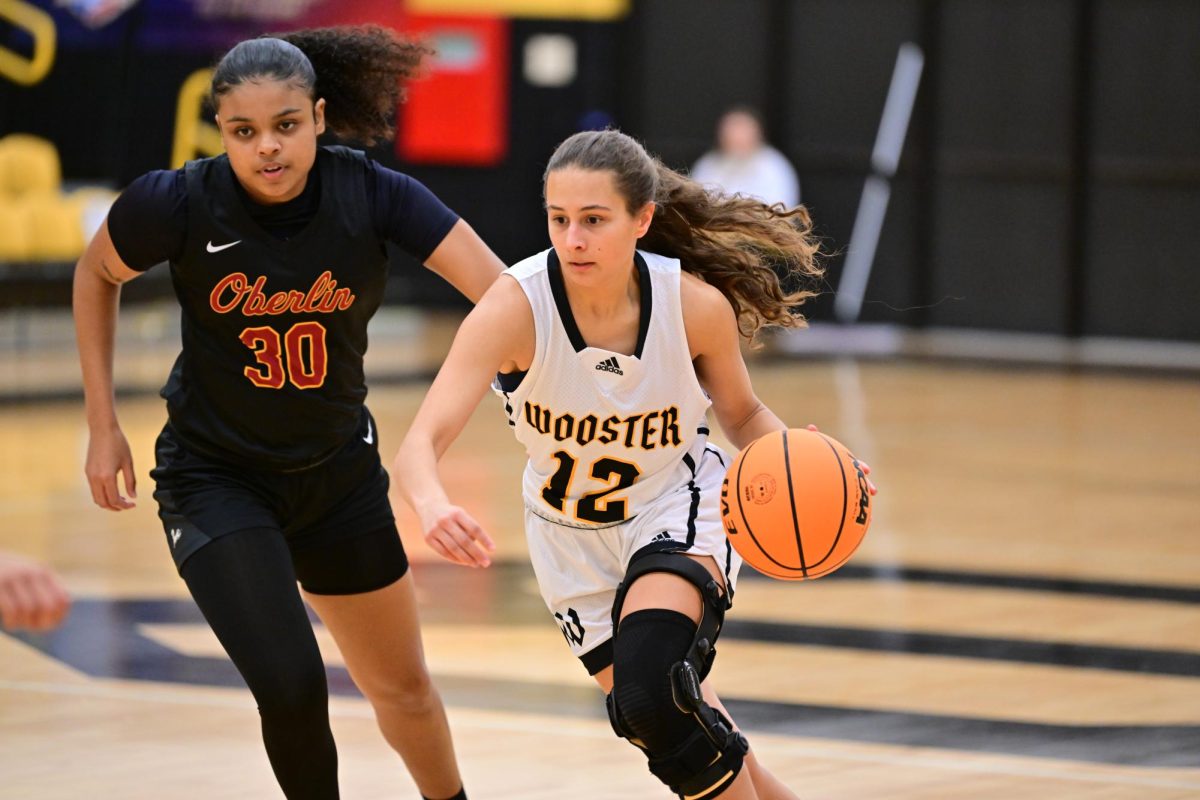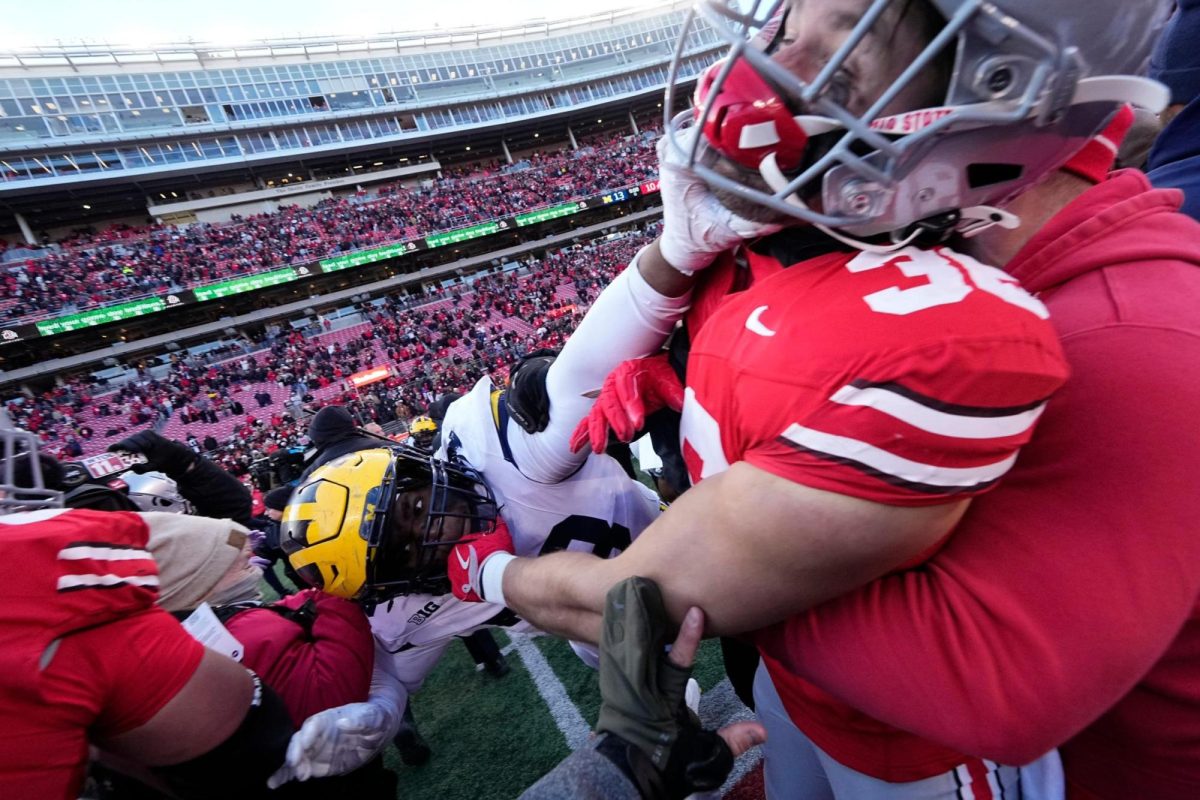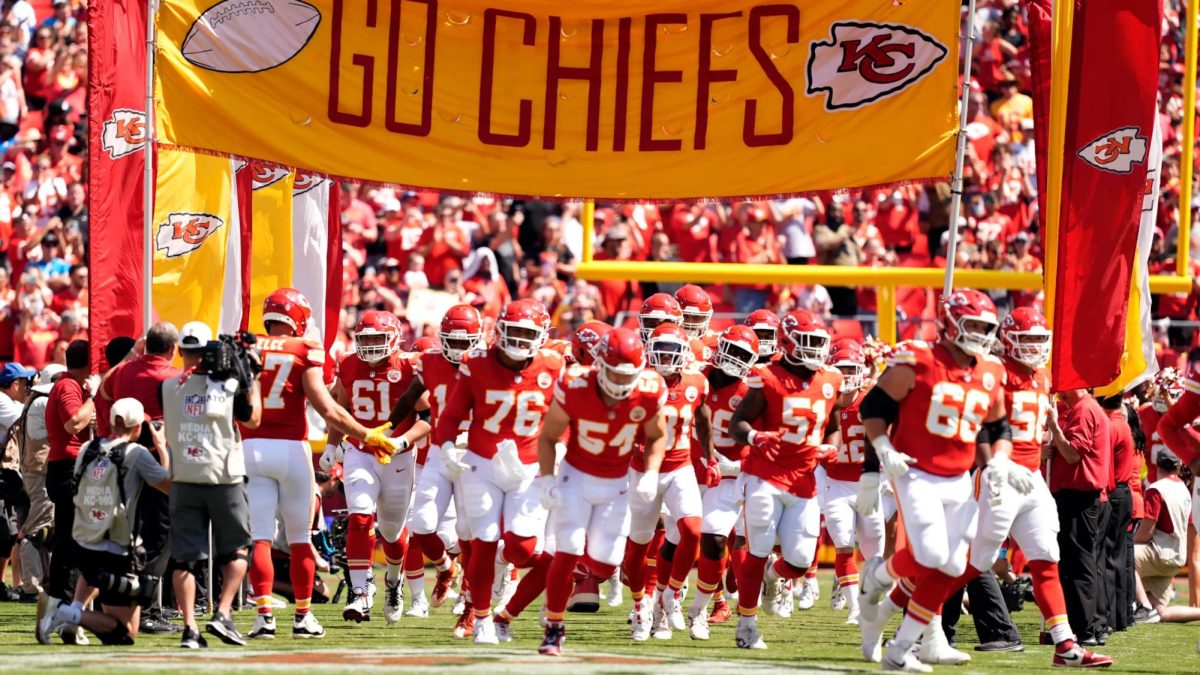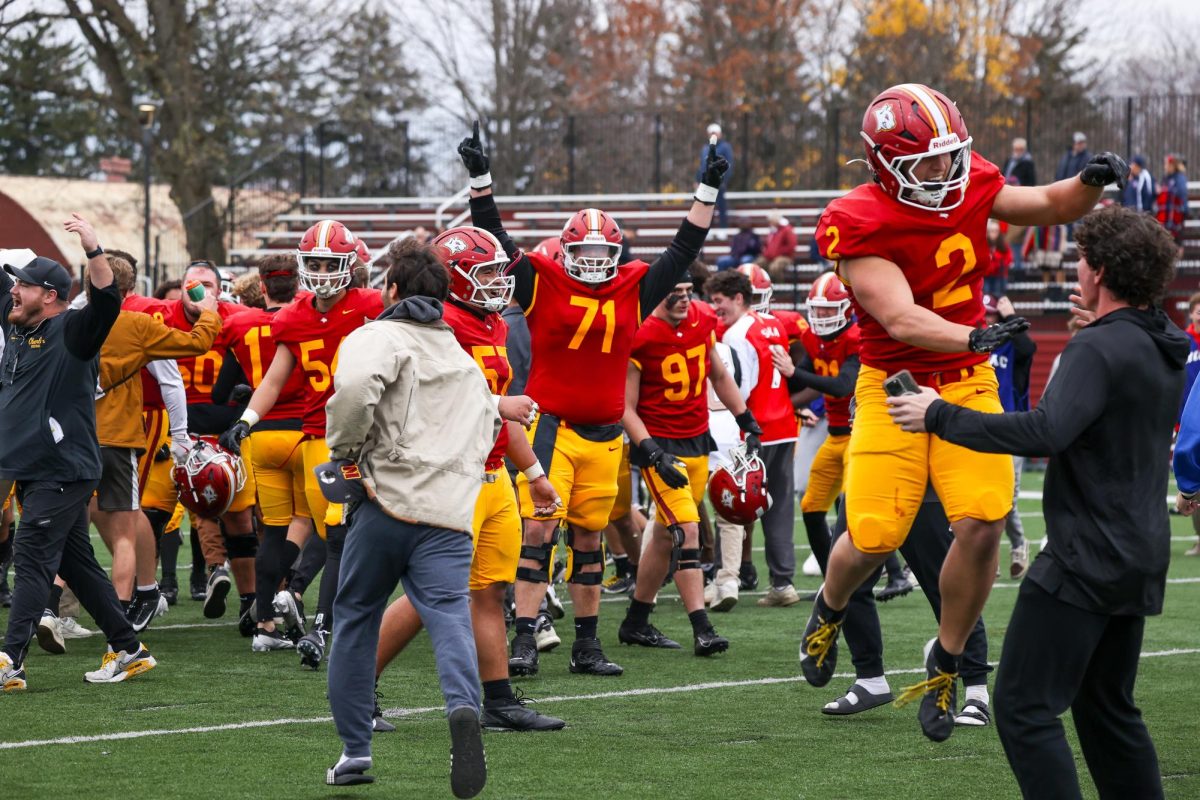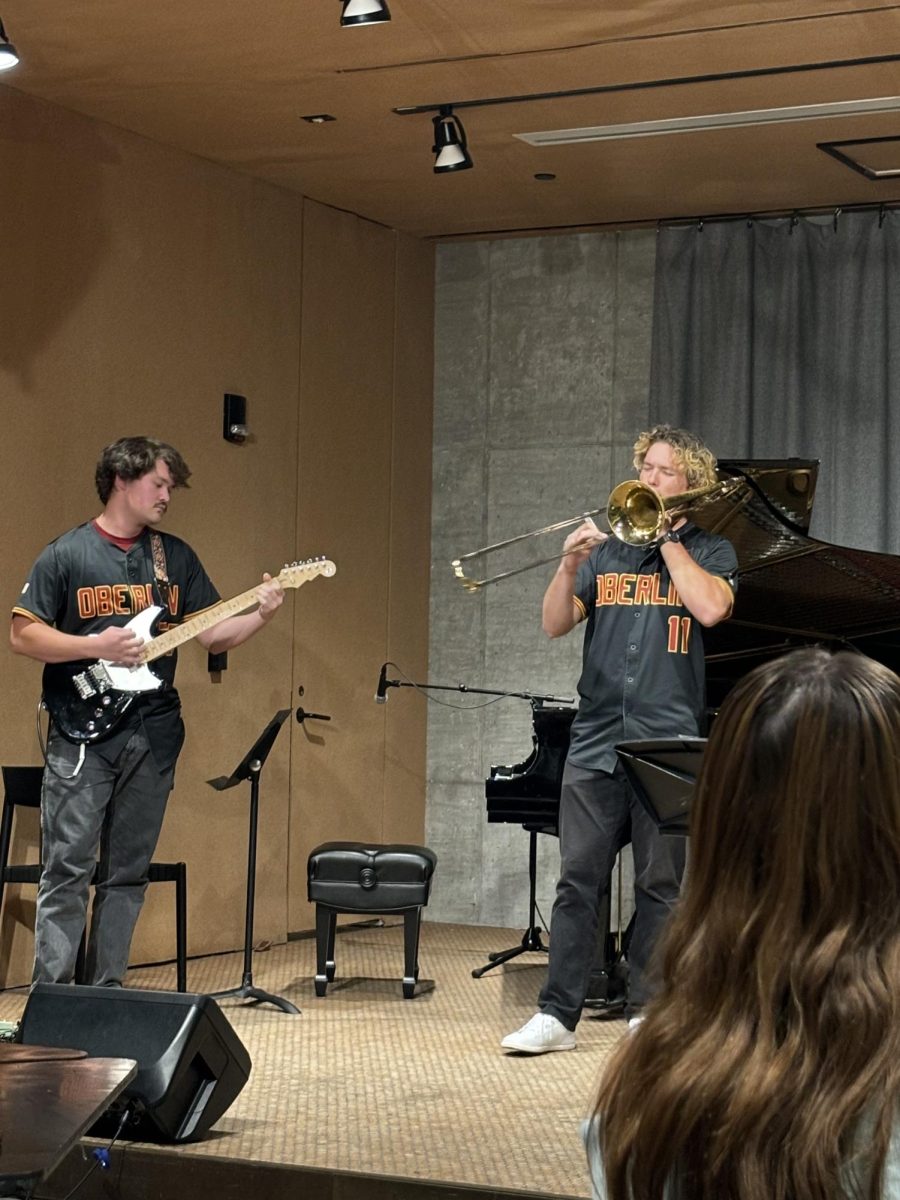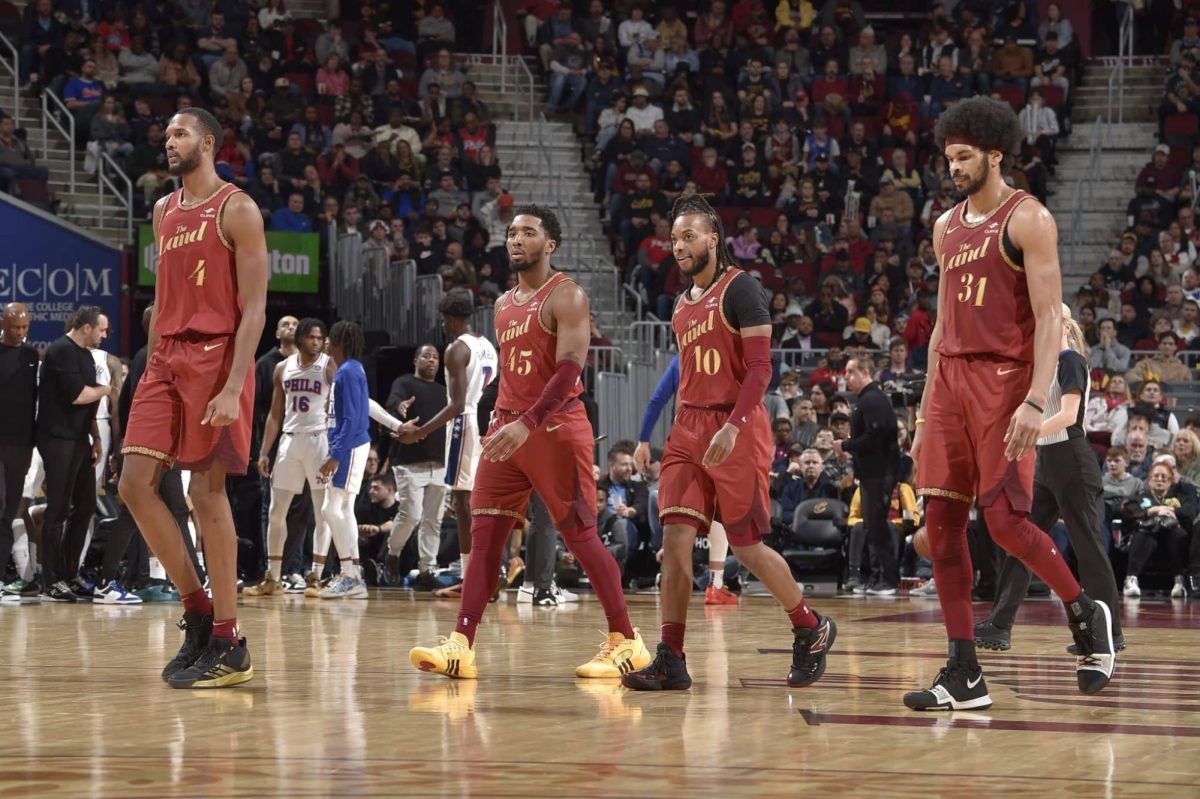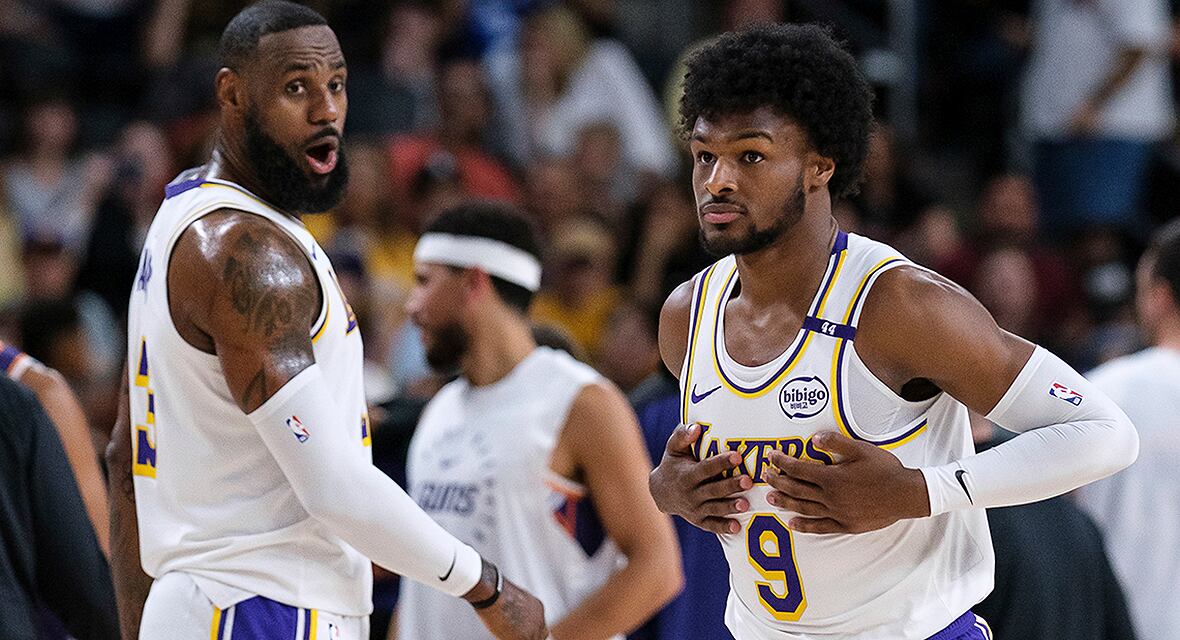For fans of the NFL, Thanksgiving Day is as much about football as it is about sitting around the table and enjoying a turkey feast with the family. Watching the Detroit Lions start off the day at Ford Field, followed by the Dallas Cowboys hosting a game in the afternoon slot, capped of by a primetime game — which kicks off right after the second serving of food starts to feel more like a regret rather than a triumph — has become an integral part of many families’ Thanksgivings. The tradition of football on Thanksgiving is a tale as old as time … well, almost as old as time.
In 1934, George A. Richards purchased the Portsmouth, OH Spartans for $8,000 and moved the team to Detroit. Richards, a local radio executive, was not content to watch his new acquisition play second fiddle in Detroit to the Tigers in the MLB. In an attempt to win over fans in the Motor City, Richards negotiated a deal with NBC to broadcast a Thanksgiving Day game for his newly named Lions against the Bears across the network’s 94-station platform.
The Bears entered the game with an 11—0 record and were reigning world champions. The Lions entered the day 10—1 and did not allow a touchdown until the eighth game of the season.
Two weeks prior, 26,000 tickets were bought, selling out the University of Detroit Stadium. It is thought that had more tickets been available, another 25,000 fans would have attended.
The Bears won the game 19–16 and went on to win the Division Championship. Yet the following season, the Lions defeated the Bears 14–2 on Thanksgiving Day en route to the franchise’s first NFL Championship.
The Thanksgiving Day football game is now a tradition forever rooted in Detroit. From 1934 to present day — absent a six year break from 1939–1944 during World War II — a Thanksgiving game has been played in Detroit.
In 1966, another NFL franchise was eager to get a piece of the Thanksgiving Day pie. Tex Schramm, president of the Cowboys, volunteered his team to play in a second game — the one caveat being that the Cowboys hosted the event. The NFL, which had been negotiating with television networks to find another game, hastily agreed. From 1966 on, the Cowboys have become the NFL second Thanksgiving Day staple — with exceptions in 1975 and 1977, when the NFL scheduled games for the St. Louis Cardinals in an attempt to grow their fanbase.
From 1970–2006 — when the NFL added a third primetime game — Thanksgiving Day hosted a maximum of four teams. Four fan bases were represented, but only two of them changed from year to year. Although fans of teams other than the Cowboys and the Lions have not been given the opportunity to watch their teams play nearly as often on Thanksgiving, they still tuned in. People were not just tuning in to watch the games — they wanted to listen to the broadcast, with John Madden.
Madden, one of the game’s iconic head coaches, became the Raiders’ signal caller in 1969 at the ripe age of 33 — youngest in history at the time. Madden-led teams won 75.9 percent of their games, the best mark ever for a coach in the NFL. In 1977, he led the Raiders to their franchise’s first Super Bowl victory.
After his coaching career ended abruptly in 1979 due to complications from an ulcer, Madden took his love for the game into the press box.
From 1982–2001, Madden called 20 straight Thanksgiving games on CBS and Fox. In addition to being the voice of Thanksgiving, Madden went on to become the voice of the NFL, calling eight Super Bowls with his broadcasting hall-of-fame play-by-play partner Pat Summerall.
Madden was one of the driving forces behind the NFL’s increase in popularity during his decade-long tenure as a coach and three decade triumph as a broadcaster. His love for football was contagious.
“There’s no place that I would rather be today on Thanksgiving than right here, right now at a football game,” Madden once said in a broadcast. “There’s just certain things that go together — the turkey, the family, tradition, and football.”
In 1996, Madden had cemented himself at the top of his industry — his contract earned him more than any NFL player. Also around this time, a football video game was beginning to gain more and more popularity, the name of the game: John Madden Football, later renamed Madden.
A few years prior in 1989, Madden gave out the Turkey Leg Award to the best player from that year’s game. However, a problem presented itself: one turkey leg was not enough; Madden wanted to highlight multiple players.
In a 1996 game between the 3–9 St. Louis Rams and 2-10 New Orleans Saints, Madden was introduced to the turducken live on air. He could not contain his excitement for the dish.
“It’s turkey — you got the turkey on the outside,” Madden said on-air. “Then you stuff the turkey with the duck, then you stuff the duck with the chicken. ‘Tur’ for turkey. ‘Duck’ for duck. And ‘-en’ for chicken. Then you just mix it all up. I’ve been eating it all day.”
Madden called games in a way that encouraged fans to engage with the game in a lively, never-before-seen manner. He broke down the turducken with the same love, joy, and excitement he exemplified when breaking down a toss pitch with a pulling guard.
The turducken, NFL and Thanksgiving are forever connected largely due to Madden’s contributions. In following Thanksgiving Day broadcasts, it became tradition for the winning team to enjoy a turducken; only having one turkey leg is no longer a problem. The turducken has become a symbol of togetherness during a holiday rooted in celebrating with loved ones.
Football on Thanksgiving has grown into a behemoth — so much so that the NBA no longer plays games on Thanksgiving Day. Ever since the 2011–12 NBA season, the league has not played on Thanksgiving. It could be because the NBA wants players to spend the day with their families, but it’s more likely that it can no longer compete with the NFL’s popularity on the holiday.
Over the past almost decade, the NFL has worked to carve out Thanksgiving as its own. Richards’ vision has come to full fruition and the legacy of Madden’s infectious personality is remembered through every turducken shared.
The power of sports — particularly the NFL — is on full display each Thanksgiving. Families get together for the first time in months — sometimes maybe even since last holiday season — and what do they do? They turn on the football game, it would be strange if they didn’t.


